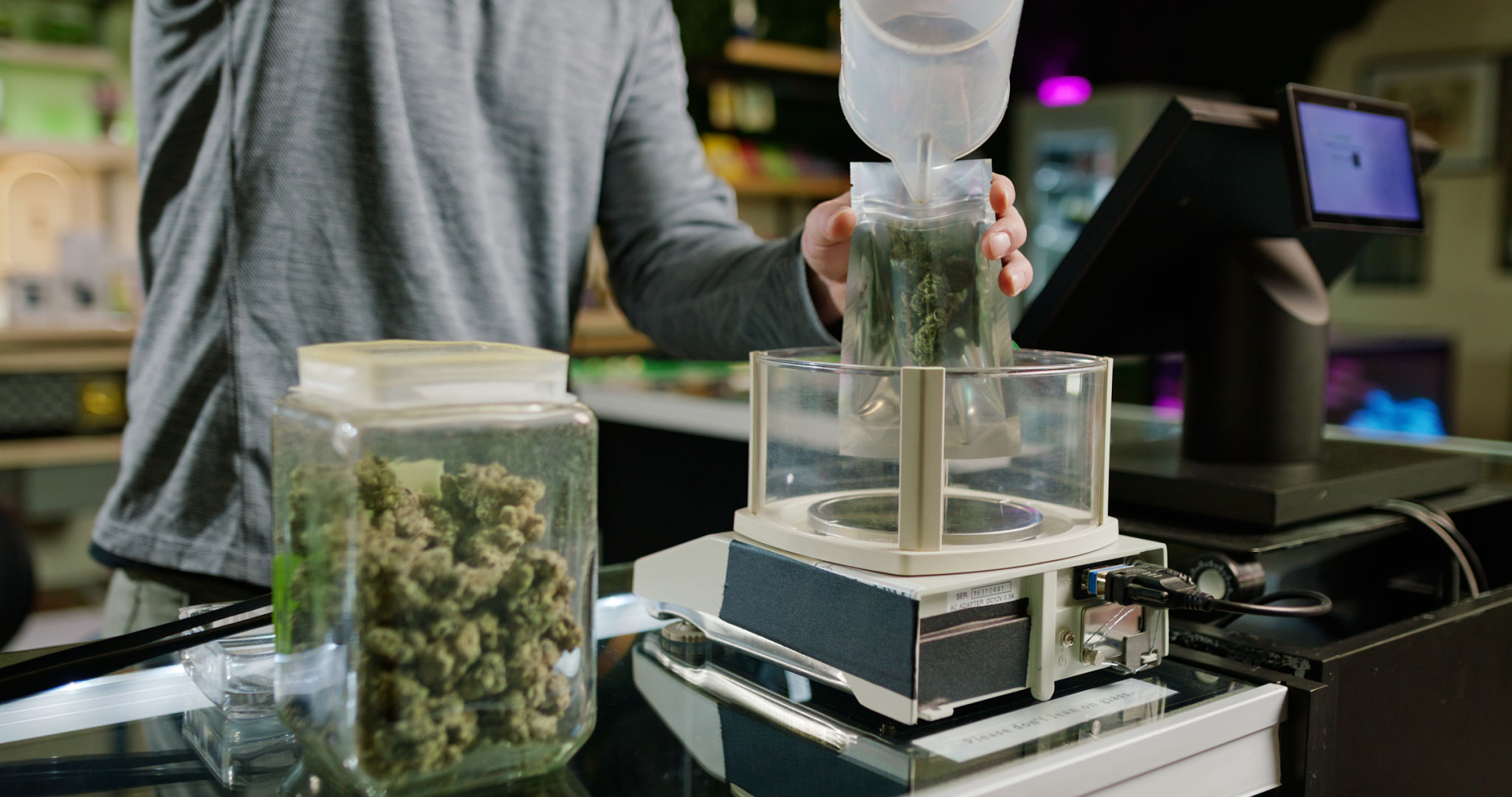Understanding the Cannabis Culture in the United States
Introduction to Cannabis Culture
The cannabis culture in the United States has undergone a significant transformation over the past few decades. What was once an underground movement has emerged into a mainstream cultural phenomenon, influencing everything from music and art to politics and medicine. Understanding this culture involves delving into its rich history, its impact on society, and the ongoing evolution of cannabis use.

The Historical Roots
Cannabis has been used for thousands of years, with its roots in ancient civilizations. In the United States, its journey began in the early 20th century, marked by prohibition and stigma. However, the counterculture movement of the 1960s played a pivotal role in shaping modern cannabis culture. Influential figures and events during this era challenged societal norms, advocating for personal freedom and the decriminalization of cannabis.
Despite legal challenges, the persistence of advocates and the growing body of research on its benefits have gradually shifted public perception. The counterculture of the 60s set the stage for today's more accepting view of cannabis.
Legalization and Its Impact
The legalization of cannabis in several states has been a game changer, both economically and socially. As more states move towards legalization, the stigma surrounding cannabis use continues to diminish. This shift has led to an increase in dispensaries, bringing cannabis culture into everyday life. Legalization has also opened doors for research, allowing scientists to explore its medicinal properties more thoroughly.

Moreover, legalization has had a profound impact on social justice. Efforts to expunge records for minor drug offenses and create equitable opportunities within the cannabis industry are ongoing, aiming to correct some of the injustices of past drug laws.
The Influence on Art and Entertainment
Cannabis culture has long been intertwined with various forms of art and entertainment. Musicians, filmmakers, and artists have drawn inspiration from cannabis, using it as a symbol of rebellion, creativity, and freedom. This influence is evident in genres such as reggae, hip-hop, and rock, where numerous artists have referenced or advocated for cannabis use in their work.
In recent years, cannabis-themed events and festivals have become popular, celebrating not only the plant itself but also its cultural significance. These gatherings serve as a testament to the deep-rooted connection between cannabis and artistic expression.

Medical Cannabis: A Growing Field
One of the most significant aspects of cannabis culture is its medicinal use. With growing evidence supporting its efficacy in treating conditions like chronic pain, anxiety, and epilepsy, medical cannabis has gained widespread acceptance. Patients and healthcare professionals alike are increasingly advocating for its integration into traditional medicine.
The rise of medical cannabis has also led to advancements in product development, with an array of options available, including oils, edibles, and topicals. This diversification allows individuals to choose products that best meet their therapeutic needs.
The Future of Cannabis Culture
The future of cannabis culture in the United States looks promising as more states consider legalization and societal acceptance grows. Emerging trends such as the rise of CBD products and sustainable cultivation practices reflect an evolving industry focused on health and environmental consciousness.

As research continues to uncover new benefits and applications for cannabis, it is likely that its role in society will only expand. This ongoing evolution will shape not only laws and regulations but also cultural perceptions and practices surrounding cannabis.
In conclusion, understanding the cannabis culture in the United States involves appreciating its historical roots, recognizing its impact on various facets of society, and anticipating its future developments. As this culture continues to evolve, it promises to remain a dynamic and integral part of American life.
